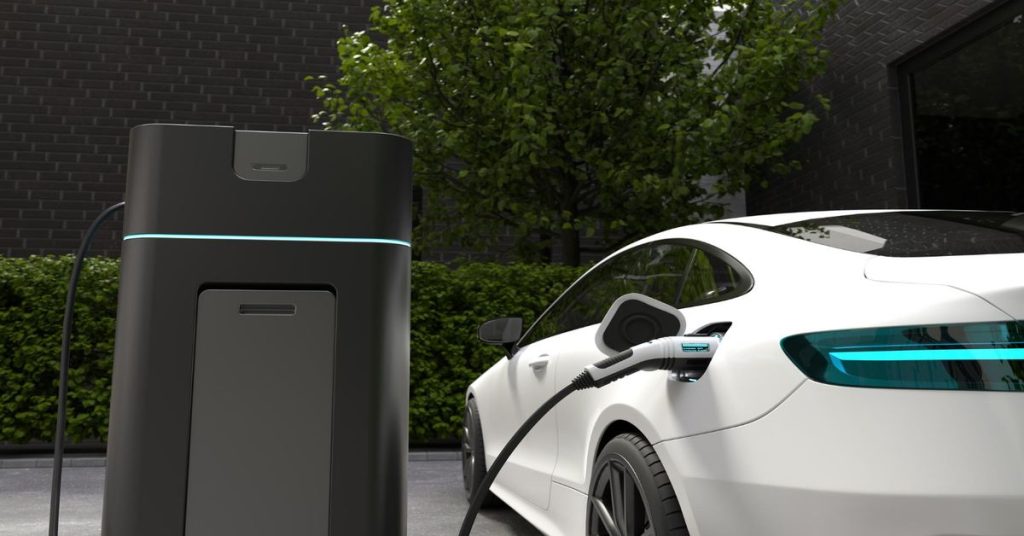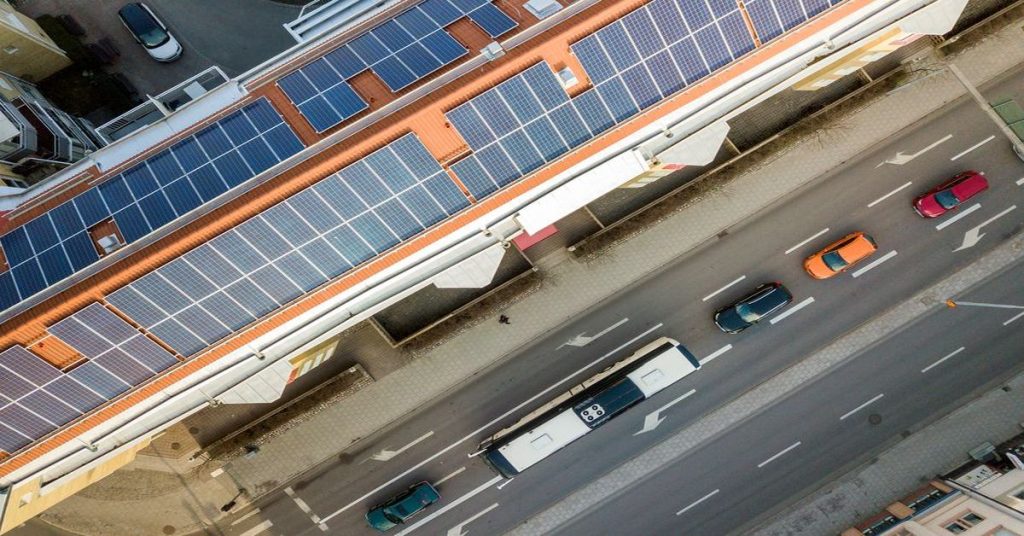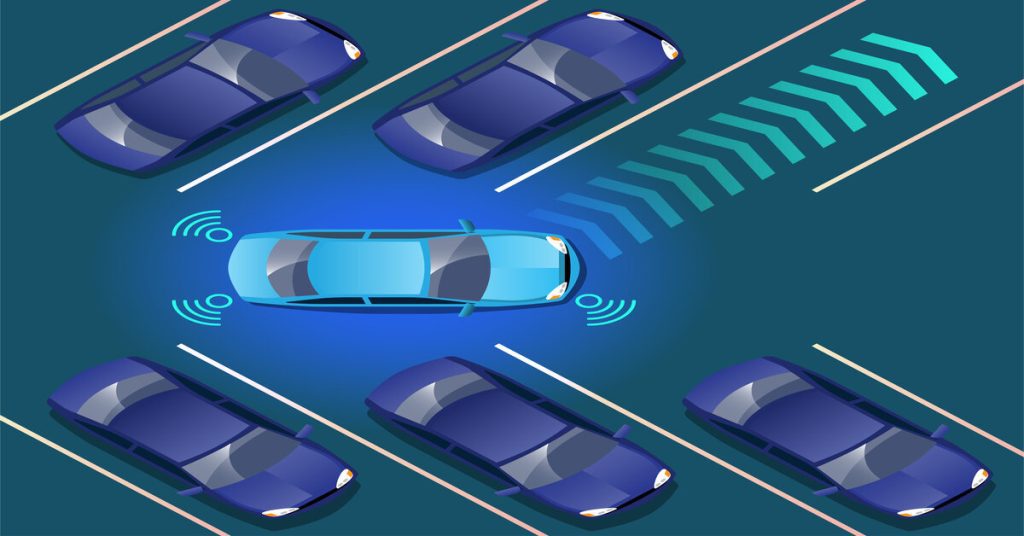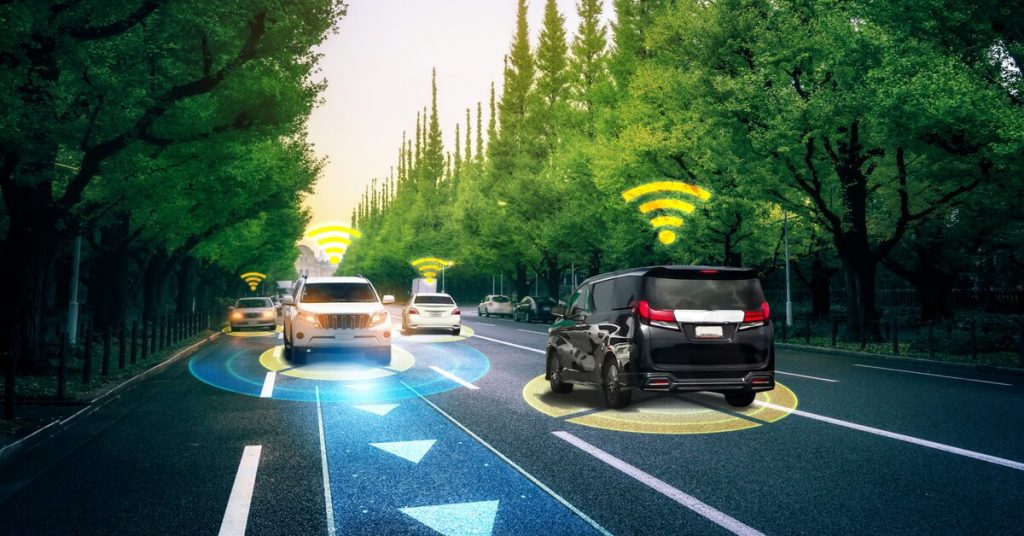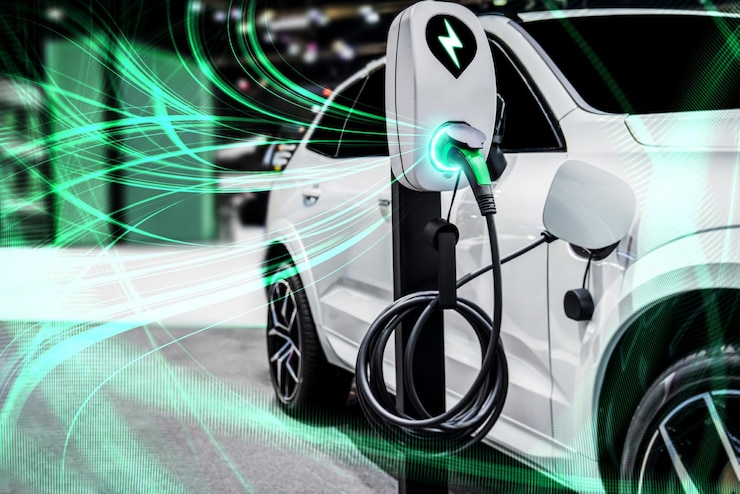Aluminium-air Batteries and Lithium-air Batteries for EVs: A Comparison
Lithium-Air Batteries for EVs Lithium-air batteries (LABs) reduce oxygen from the air at the cathode and oxidises lithium metal at the anode to produce a current flow during discharge. The lithium-air battery can obtain oxygen from the air externally, removing the need for internal storage. This results in a higher energy density compared to that of …
Aluminium-air Batteries and Lithium-air Batteries for EVs: A Comparison Read More »
